- in-depth analysis of the sources of variance in state-of-the-art unbiased volumetric transmittance estimators
- propose several new methods for improving the efficiency
- improving truncated power-series estimators based on U-statistics

- the paper presents a new BRDF for porous/dusty materials
- these surfaces exhibit back-scattering and saturation that is missing from other BRDFs
- based on a volumetric BRDF derivation based spherical Lambertian particles
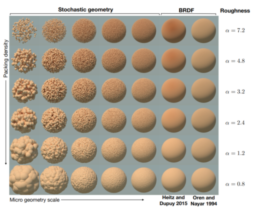
- the article discusses how to implement gamut clipping into a render pipeline
- compares different methods and presents the results with different lighting setups
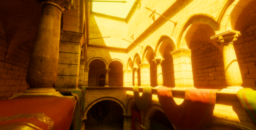
We are looking for a Senior Research Engineer to work on real-time rendering algorithms for visual effects, animation, and post-production software.
The role is about creating the next generation of artists and production tools, with a focus on virtual production. There is a focus on the role of improving, optimizing, and expanding the graphics capability within real-time renderers.
We are looking for people with a strong track record in graphics and real-time rendering with the desire to build real-world solutions for our artists.

- describes the state of raytracing in games
- presents a high-level overview of a Decoupled Real-Time Ray Tracing pipeline
- shows where raytracing is used in games and what new problems it introduces
- additionally presents 4 open problems in raytracing and how it interacts with other developments
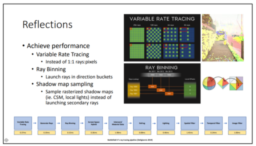
- the paper introduces a neural radiance caching method for path-traced global illumination
- uses a self-training process to train the neural network at runtime
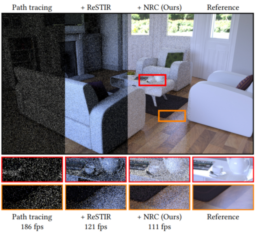
- the video tutorial explains how to draw Squares, boxes, and rounded rectangles as SDFs
- presents how to derive the SDFs and presents the extension into rotated shapes
- additionally shows how to use rectangle SDFs to implement a brick wall
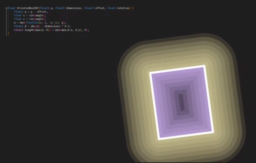
- discusses how to generate ocean displacement, buoyancy,
- rendering of the ocean as micro facets, how to calculate moments from the displacement
- reflections (specular and environment), masking/shadowing, and light scattering inside the water surface
- additionally covers interactions with the water, explosions, etc…
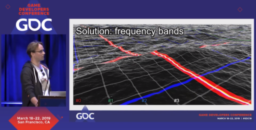
- the article discusses local tile memory and mobile GPUs
- presents how different usage patterns affect the ability to achieve optimal bandwidth usage
- shows some OpenGL extensions that enable tile local memory usage
- additionally, it shows how Vulkan Subpasses allow the driver to optimize shaders transparently

- a new Vulkan extension that adds vkCmdDrawMultiEXT vkCmdDrawMultiIndexedEXT
- these allow applications to provide an array of draw call arguments in CPU visible memory
- for uses cases where applications would call vkCmdDraw multiple times in a loop without changing state
- tests indicate that a doubling of draw call processing rate can be observed

Thanks to Jasper Bekkers for support of this series.
Would you like to see your name here too? Become a Patreon of this series.